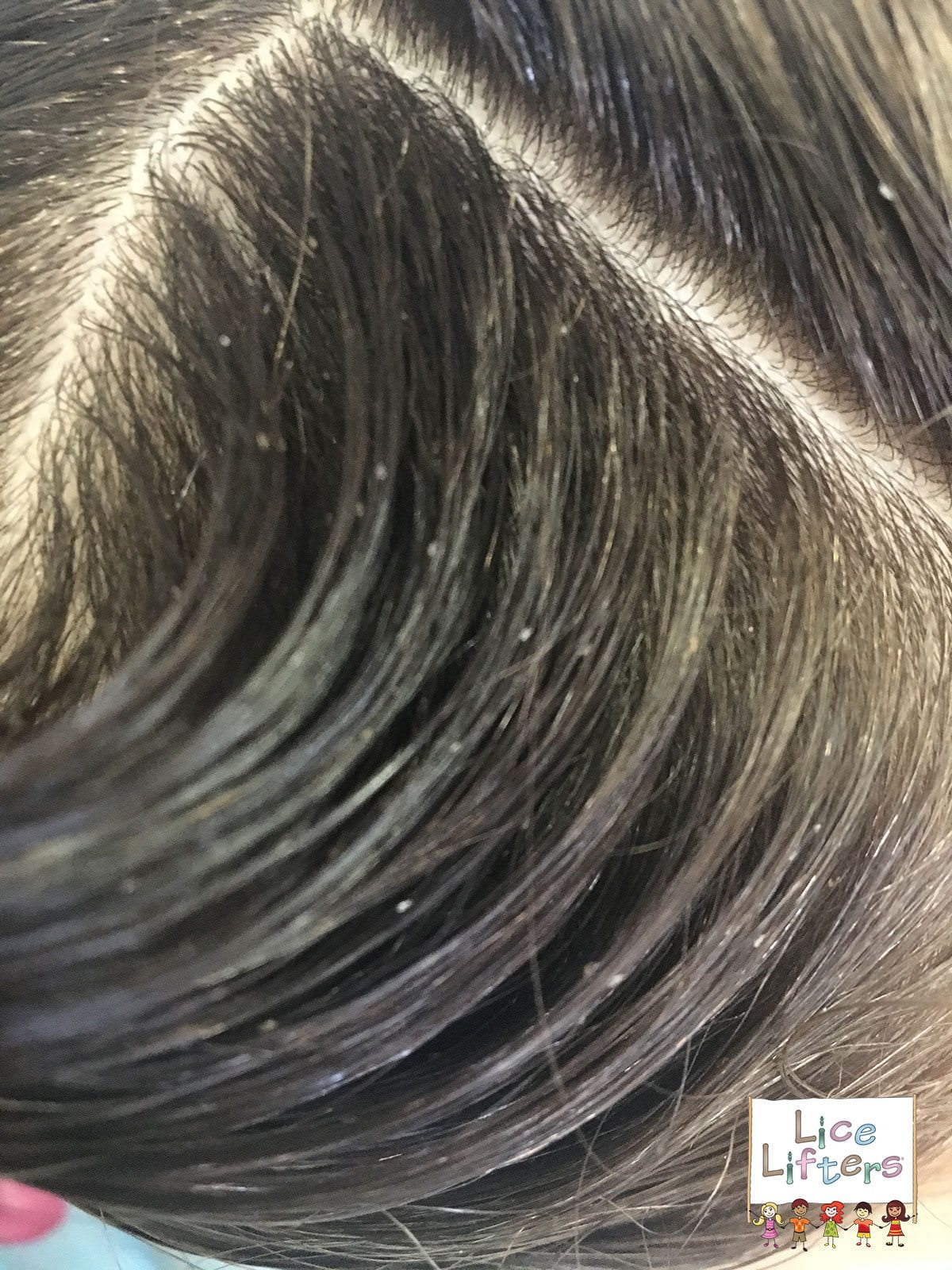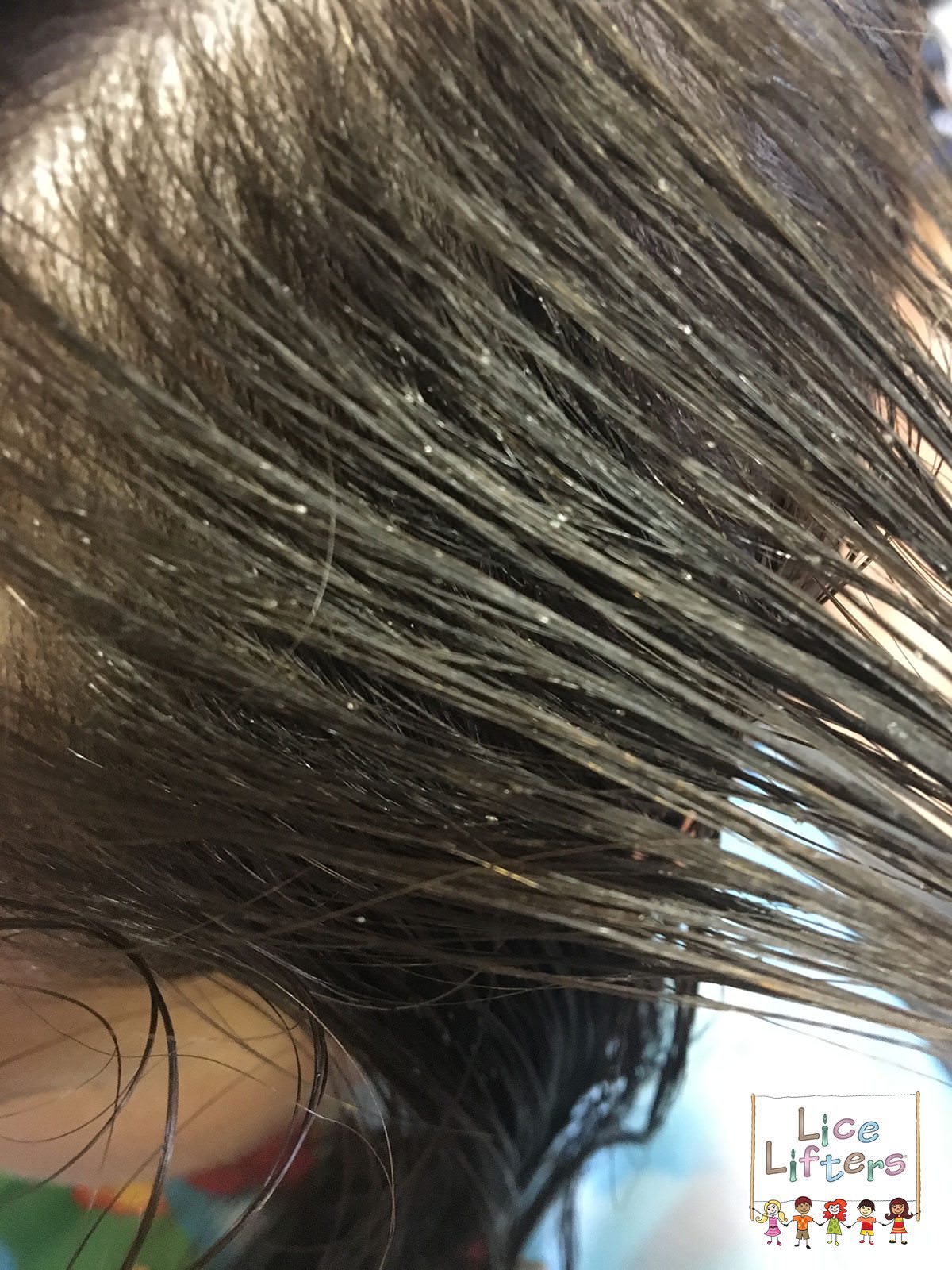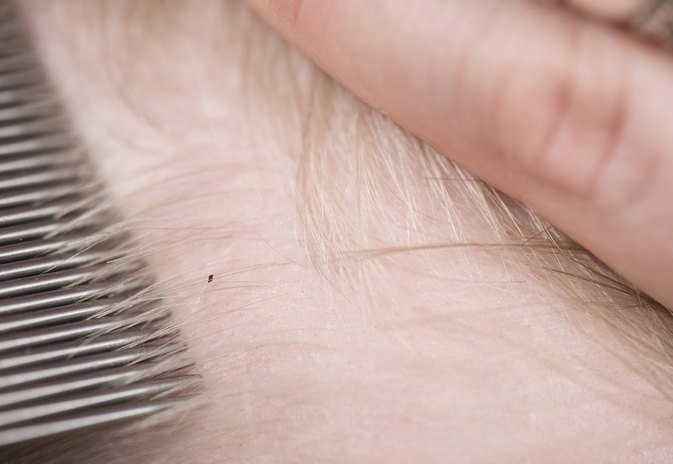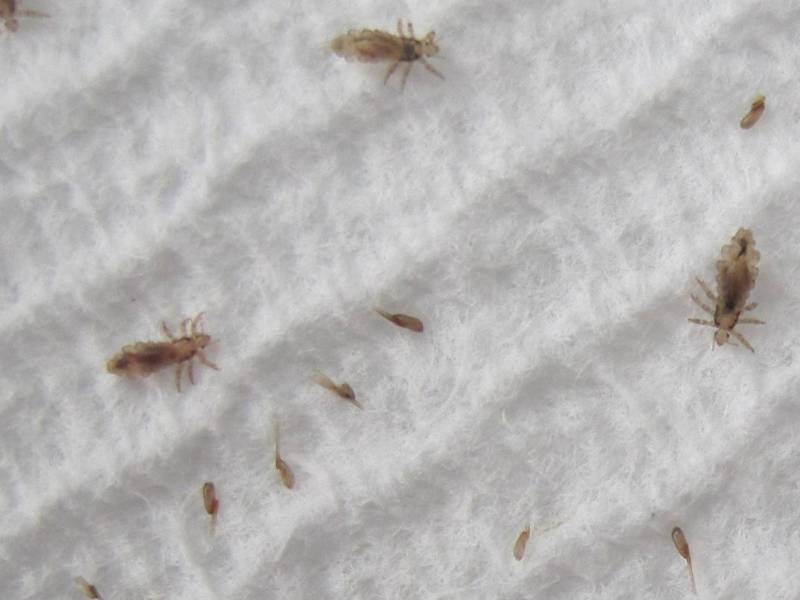View magnified pictures of head lice eggs, also known as nits, as well as nymph and adult lice images. See Full Important Safety Information.
Overview. Head lice (pediculosis capitis) is a common, highly contagious infection that often occurs in nurseries, day care centers, and colleges.



Lice Pictures – What Does Lice Look Like ? This lice pictures page is designed to give pet owners a visual guide to the common lice species (louse species)infesting domestic s and answer the commonly-asked questions: “what is lice?”
Here are some pictures of head lice, nymphs and eggs (also called nits) using various magnification levels. Lice on a Dime . Here is a picture of an adult louse and a louse nymph (immature louse) on a dime.
See detailed pictures of head lice, including nits, eggs, and a ®head lice vs dandruff® comparison. See Full Important Safety Information.
Pubic Lice, often referred to as Crabs or Genital Crabs aren’t really an STD (although contracted during sexual encounters), but actually parasitic insects that under a microscope looks similar to crabs.
What are crabs (pubic lice)? What do crabs look like? Learn more about this painful and irritating sexually transmitted disease (STD), as well as symptoms of crabs, treatment of crabs, what to do following treatment, and how to get rid of crabs (pubic lice).



Once the eggs hatch, lice are known as nymphs, an immature form of the parasite that is grayish tan in color. After nine to 12 days the nymphs mature into adults, the average size of which is roughly 2–3 millimeters, or about the size of a sesame seed.
If you want to kill lice, it is essential that you also remove all their eggs, also called nits. Before you learn how to get rid of nits, the first thing you’ll want to know is: what do head lice eggs look like?. Head lice eggs are like tiny white to yellowish dots on your […]




Louse (plural: lice) is the common name for members of the order Phthiraptera, which contains nearly 5,000 species of wingless insect.Lice are obligate parasites, living externally on warm-blooded hosts which include every species of bird and mammal, except for monotremes, pangolins, and bats.Lice are vectors of diseases such as typhus.. Chewing lice …